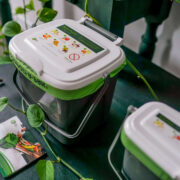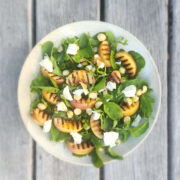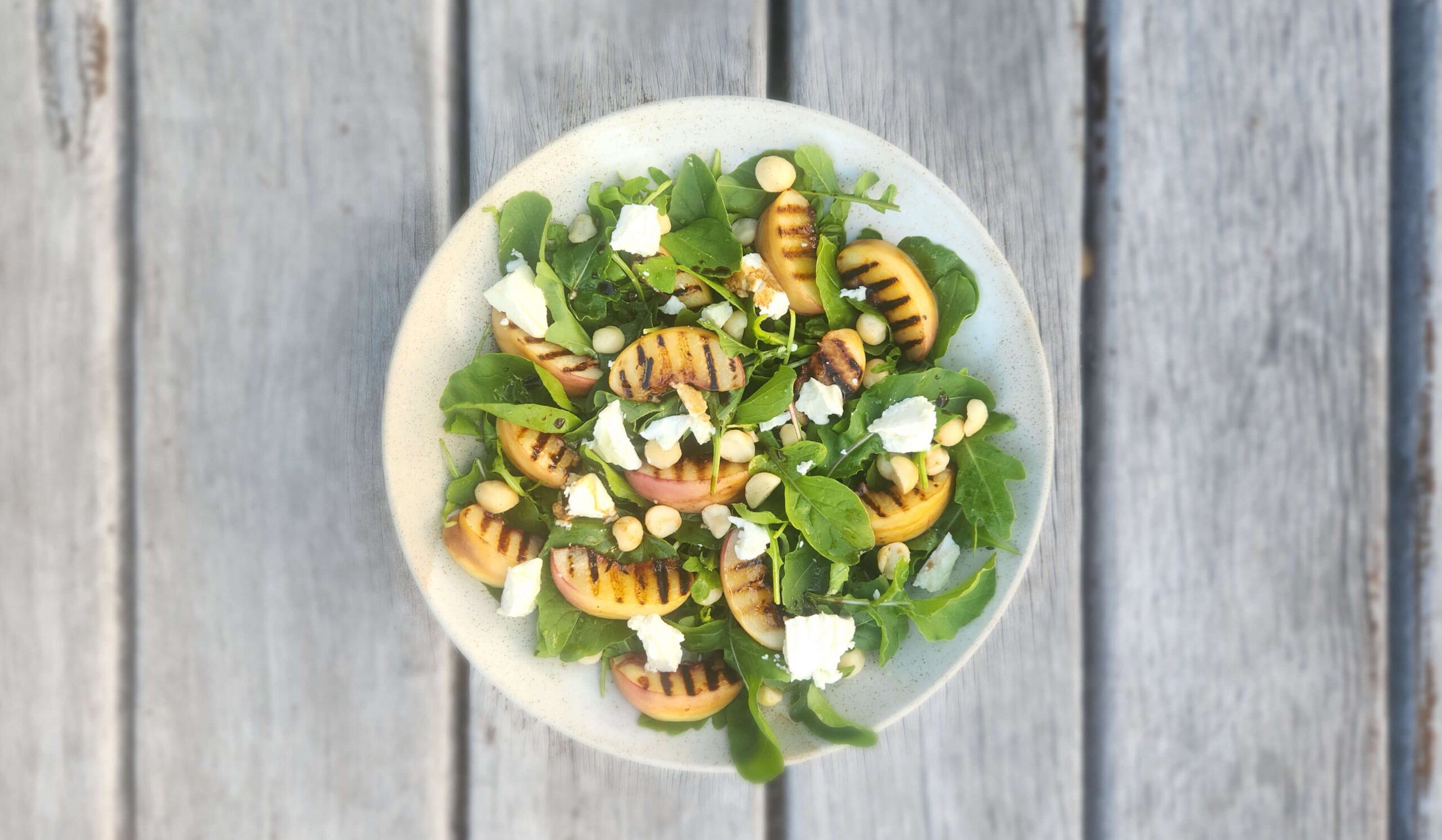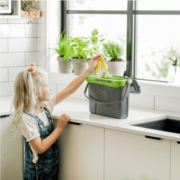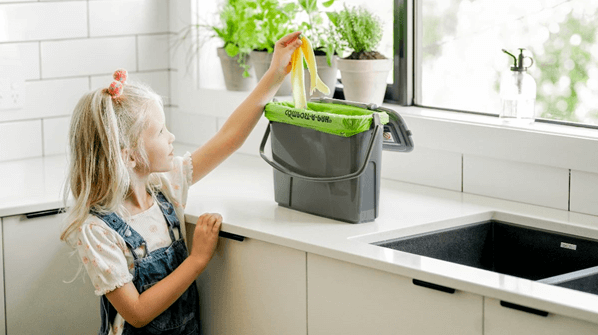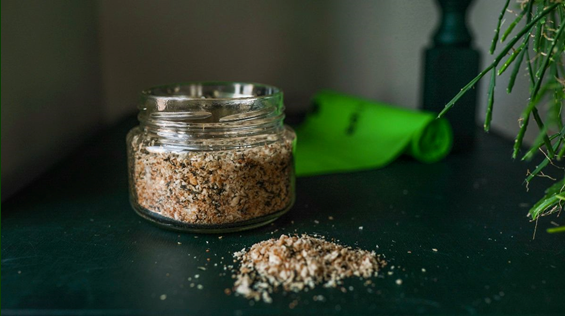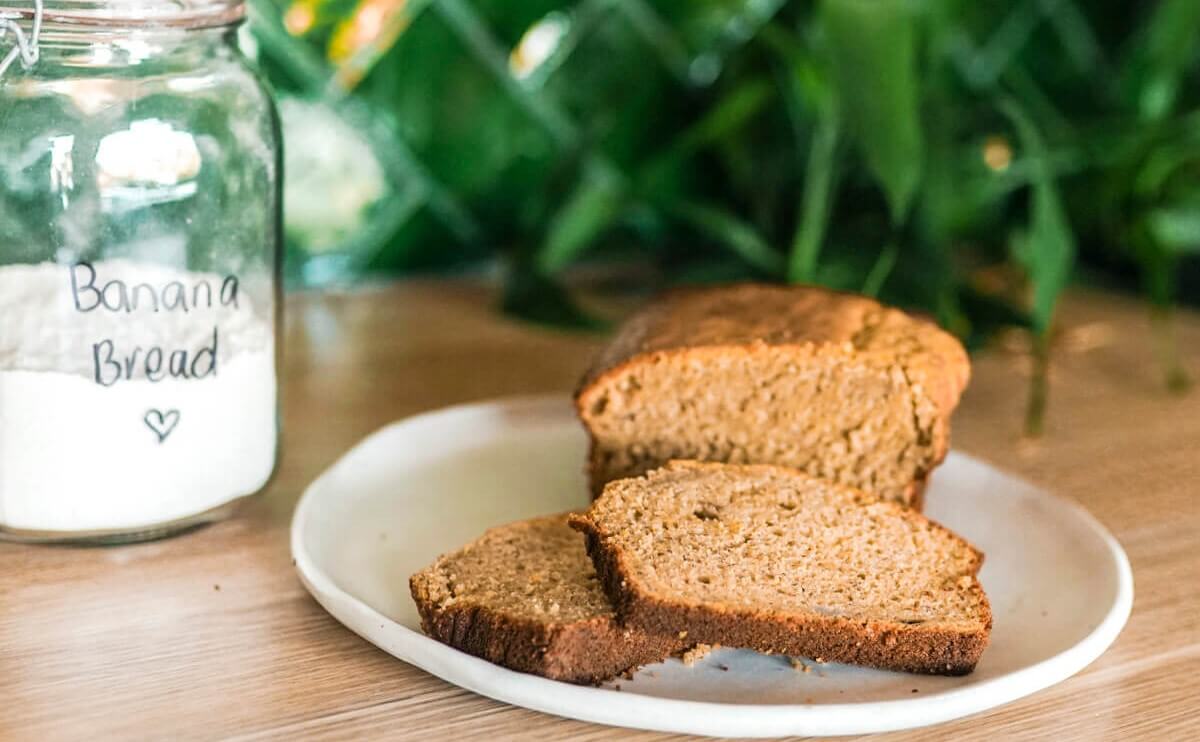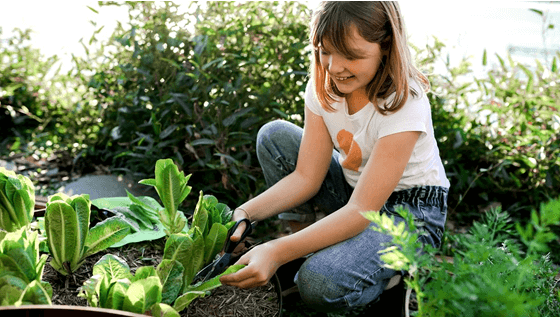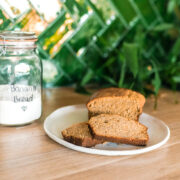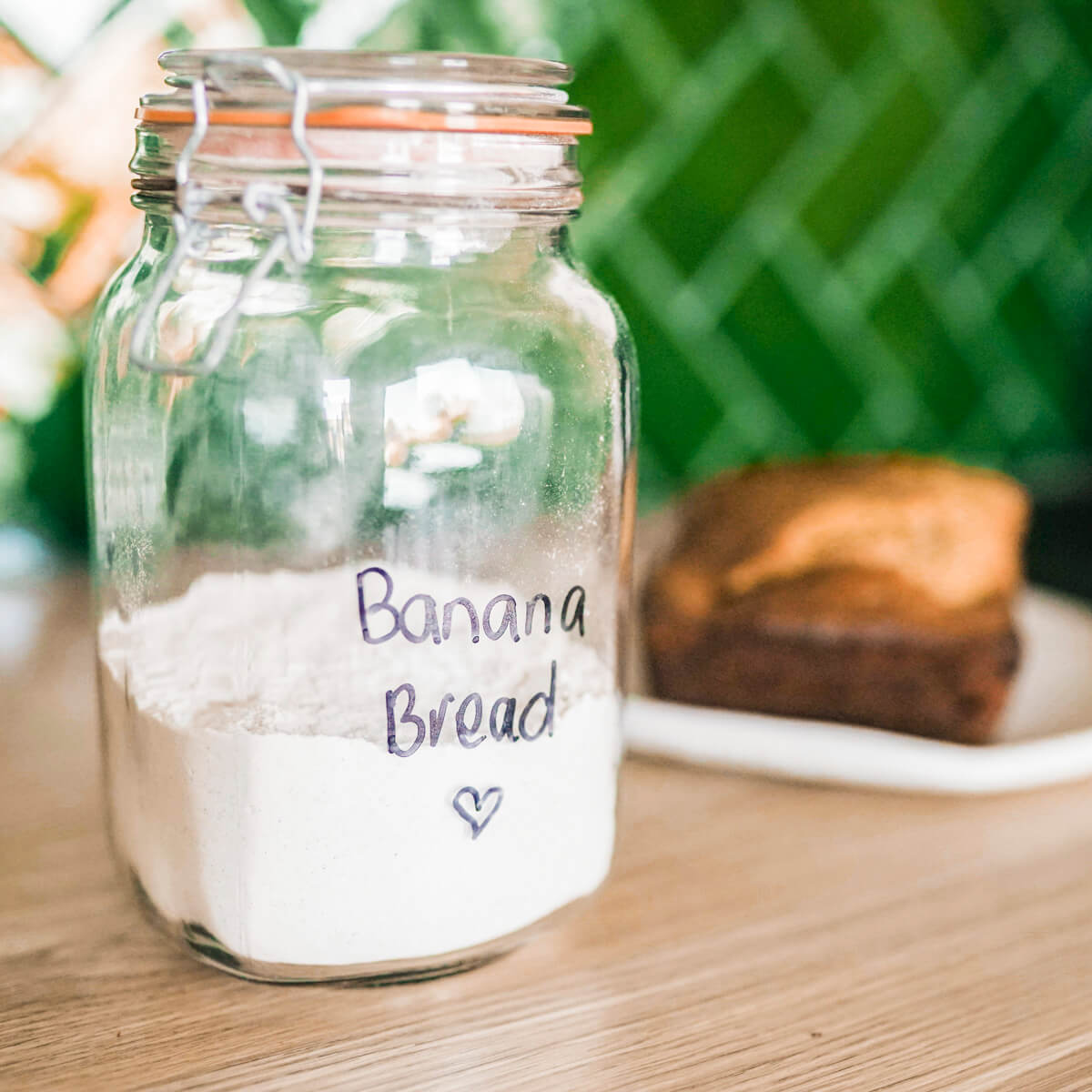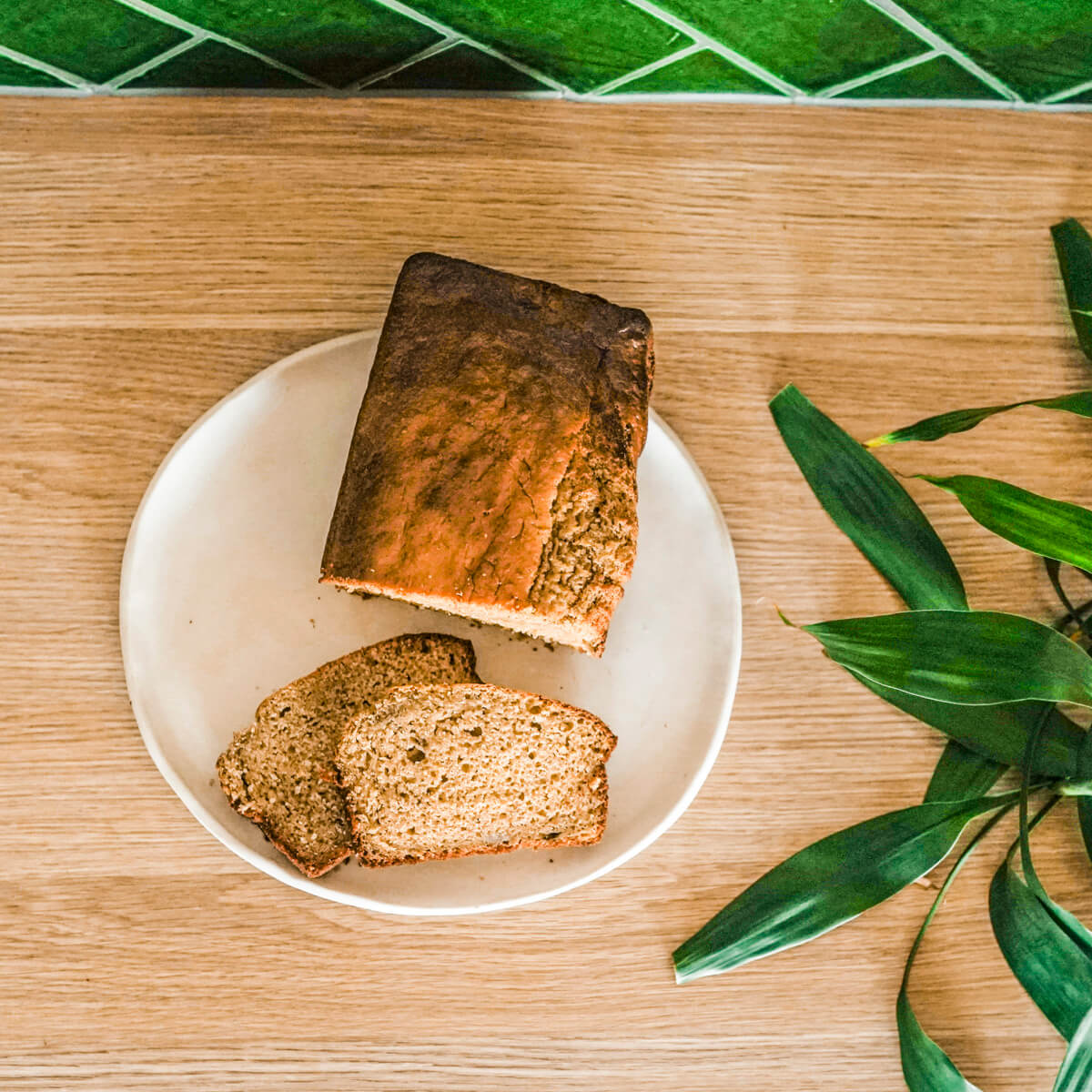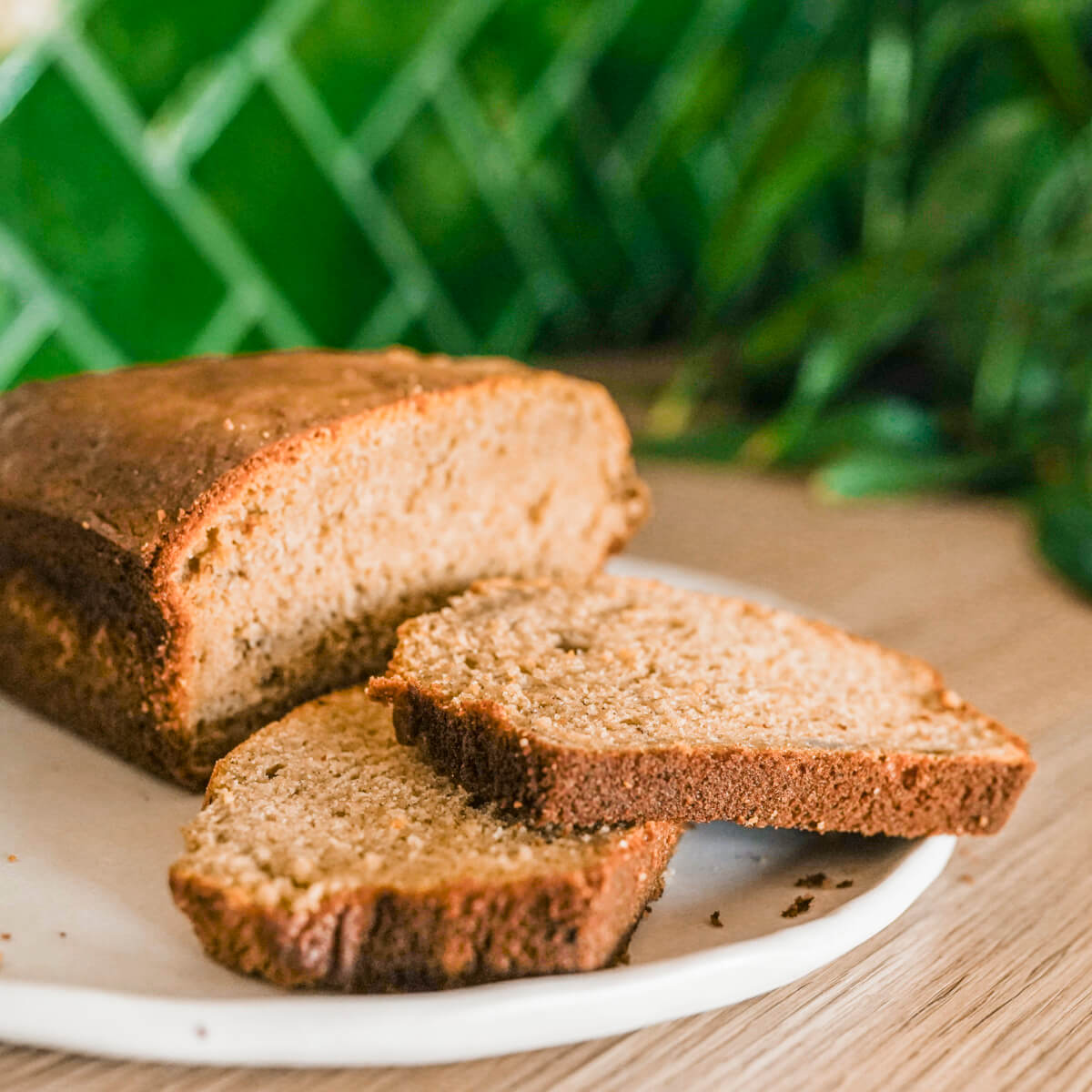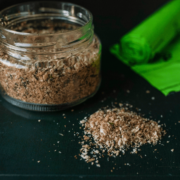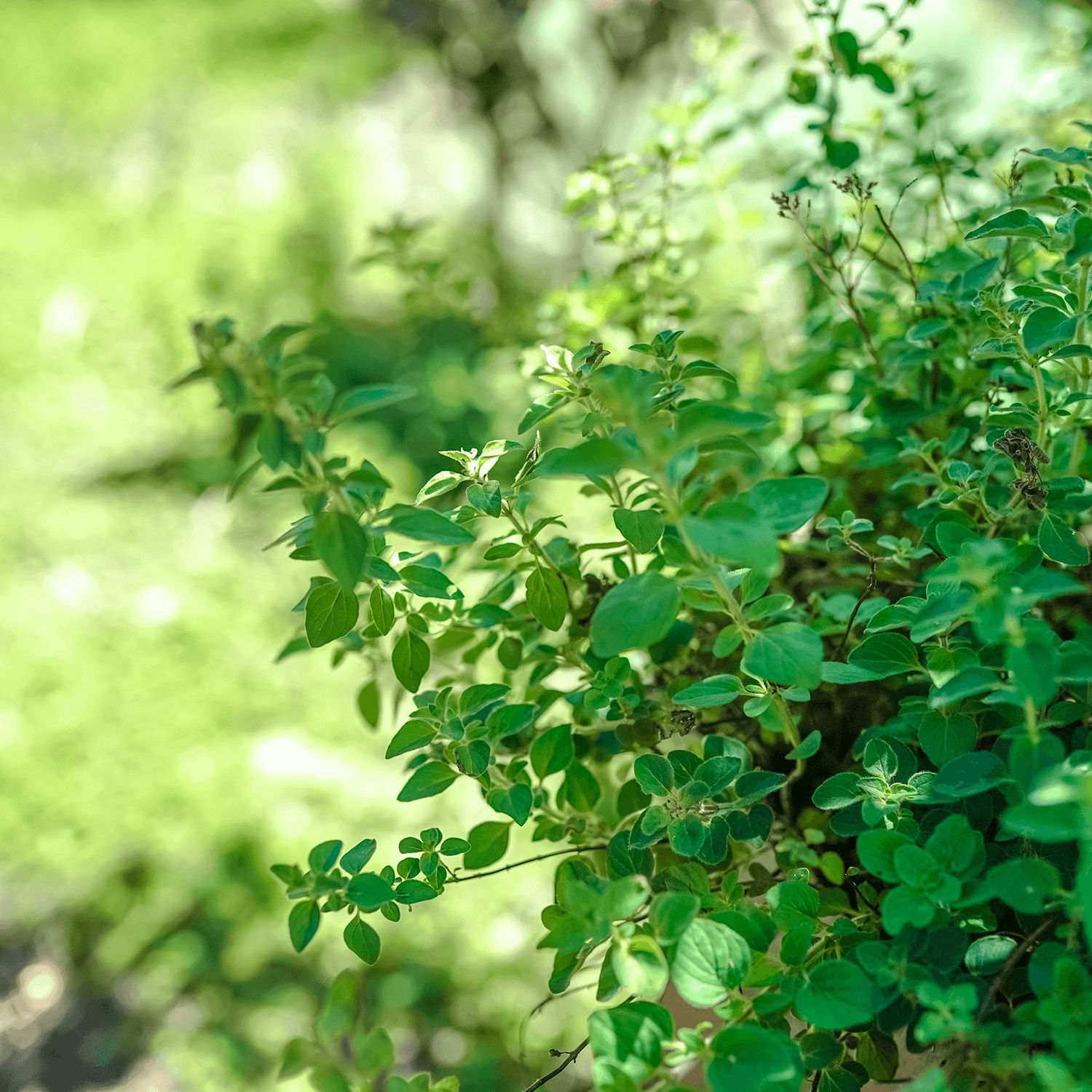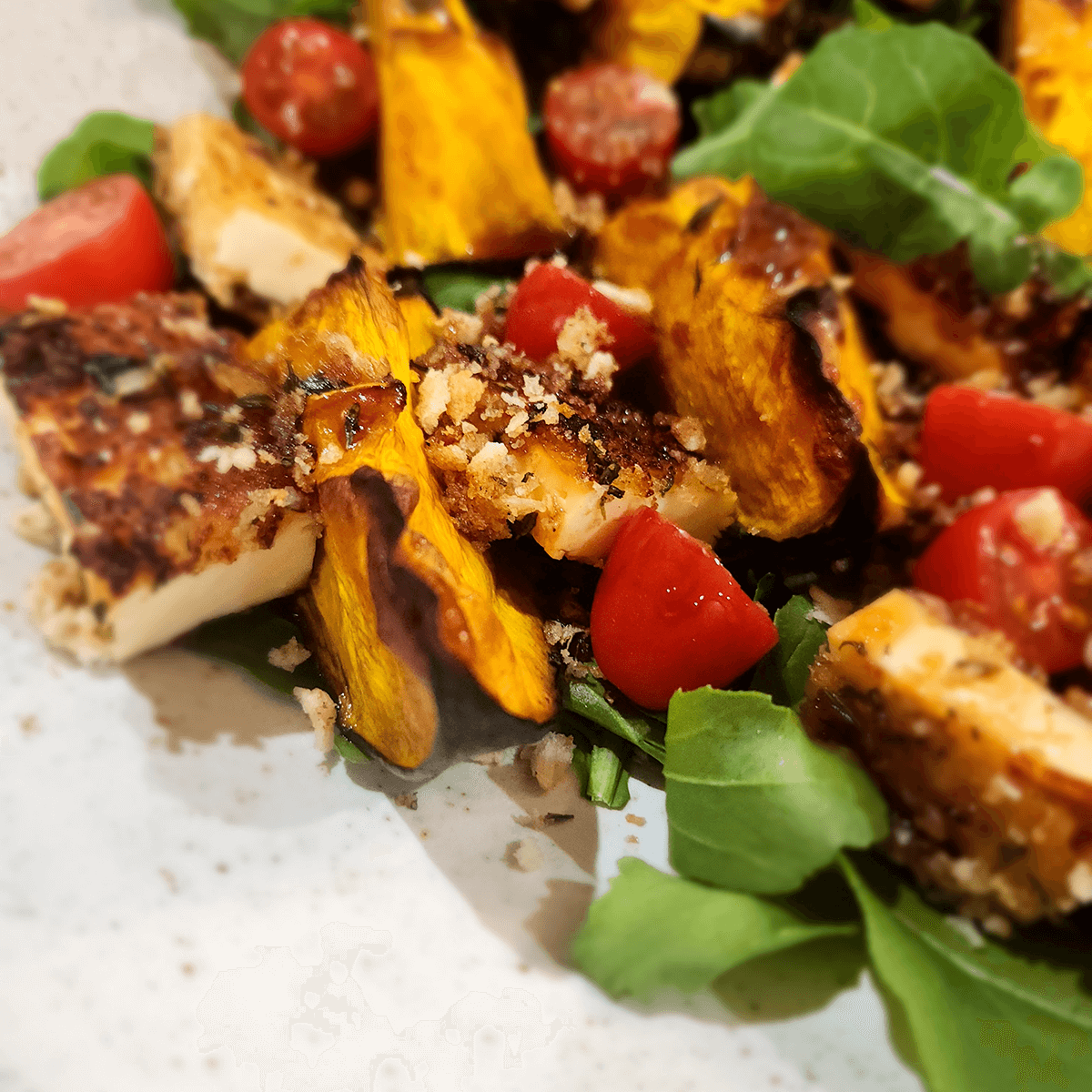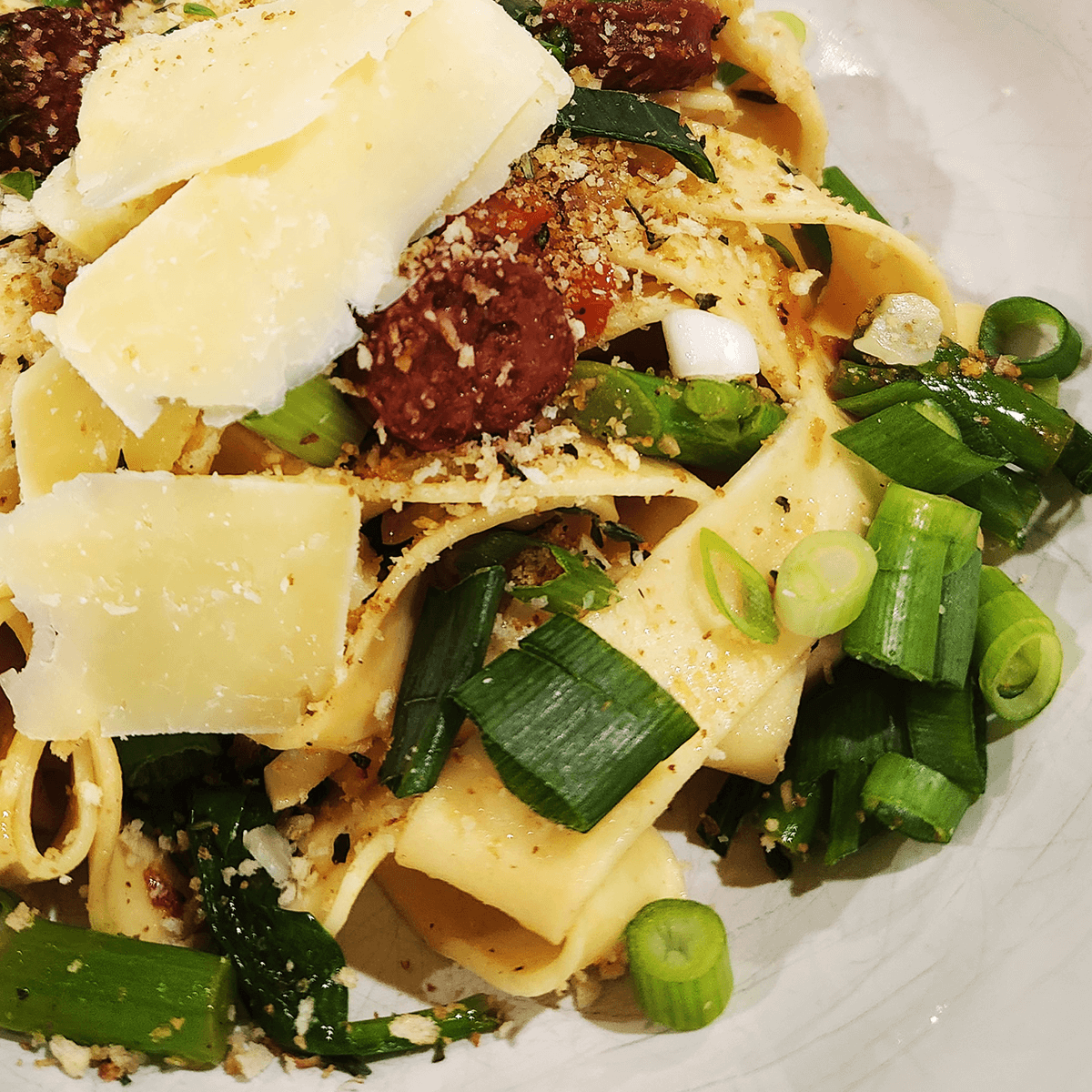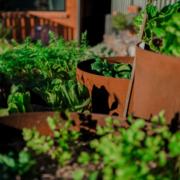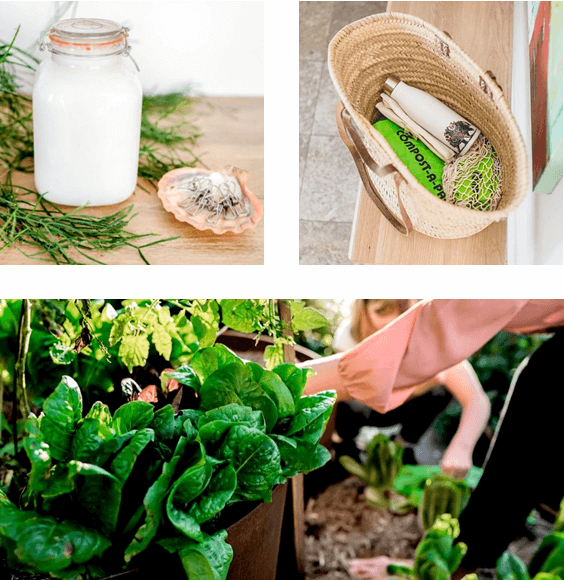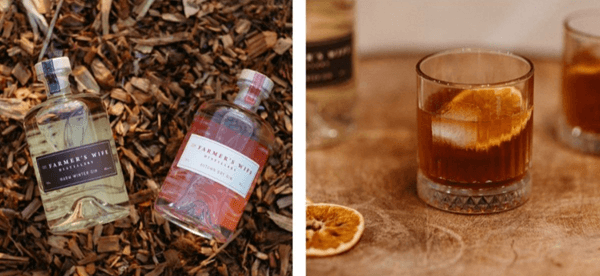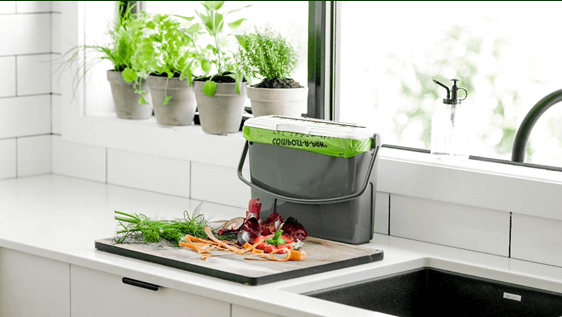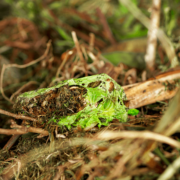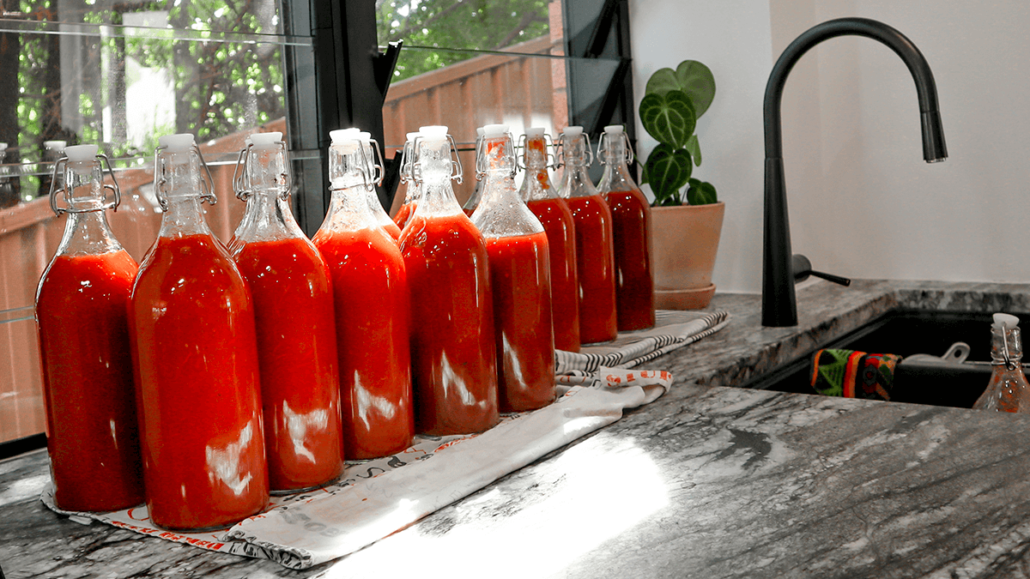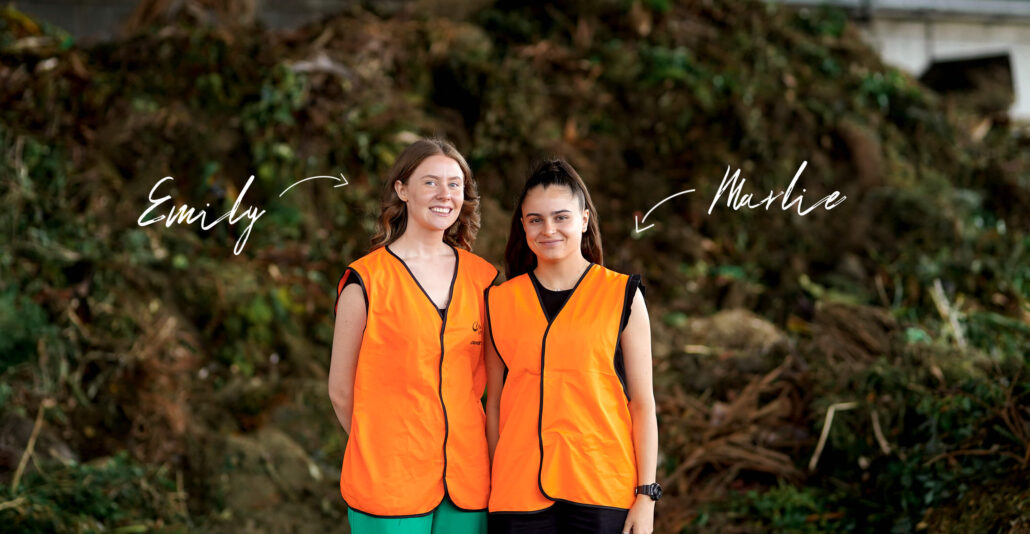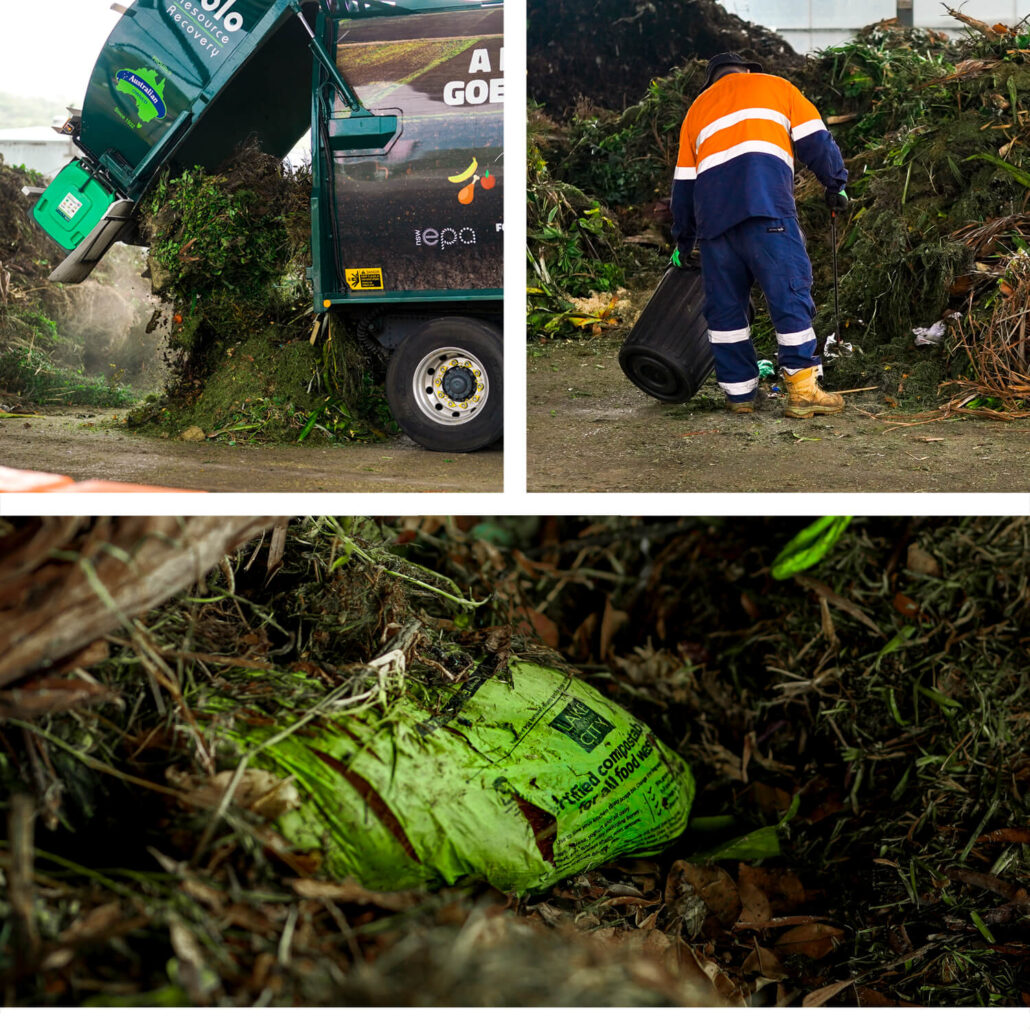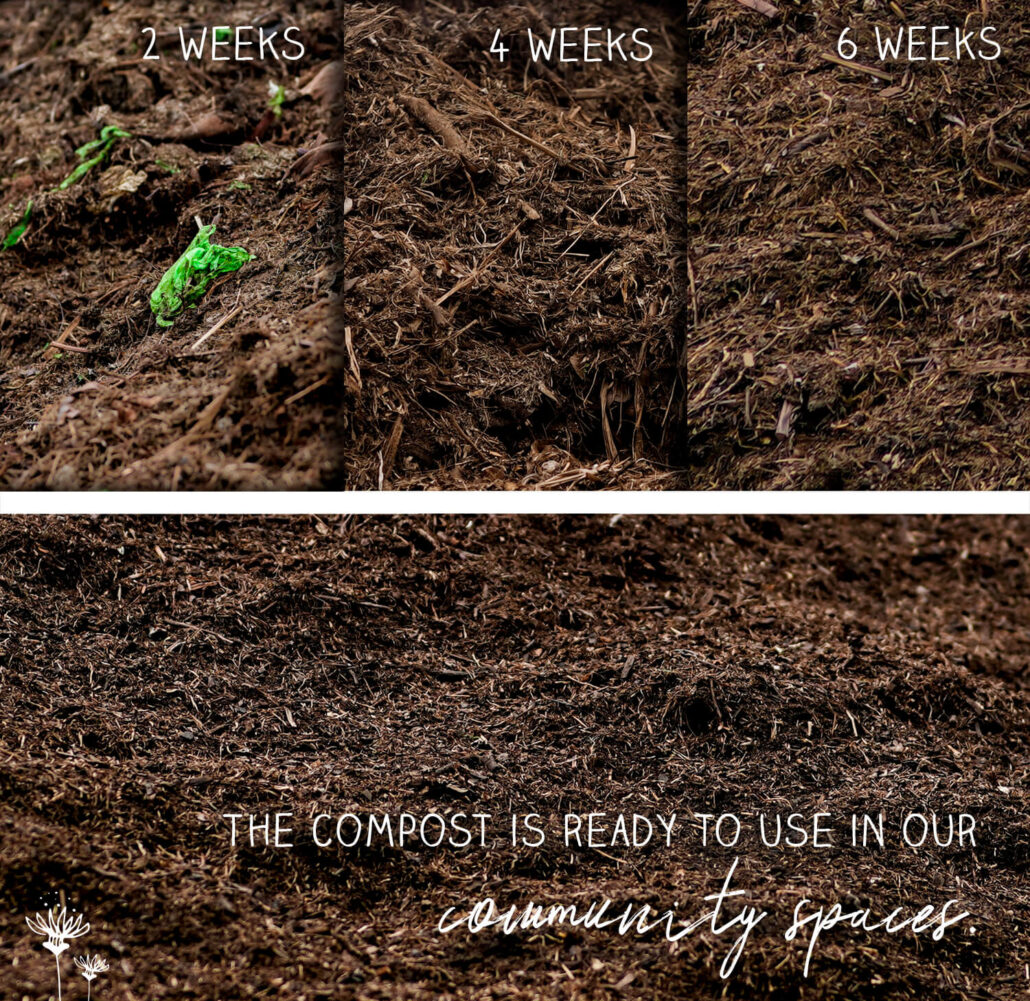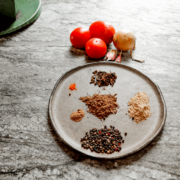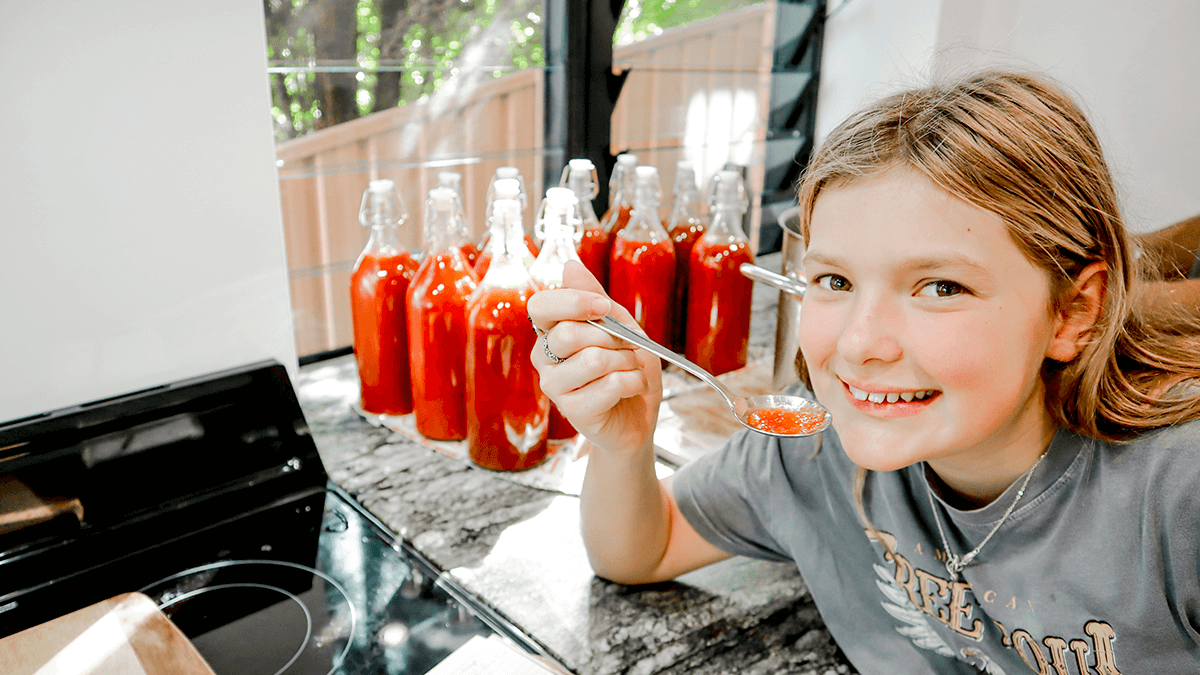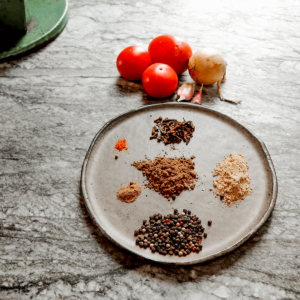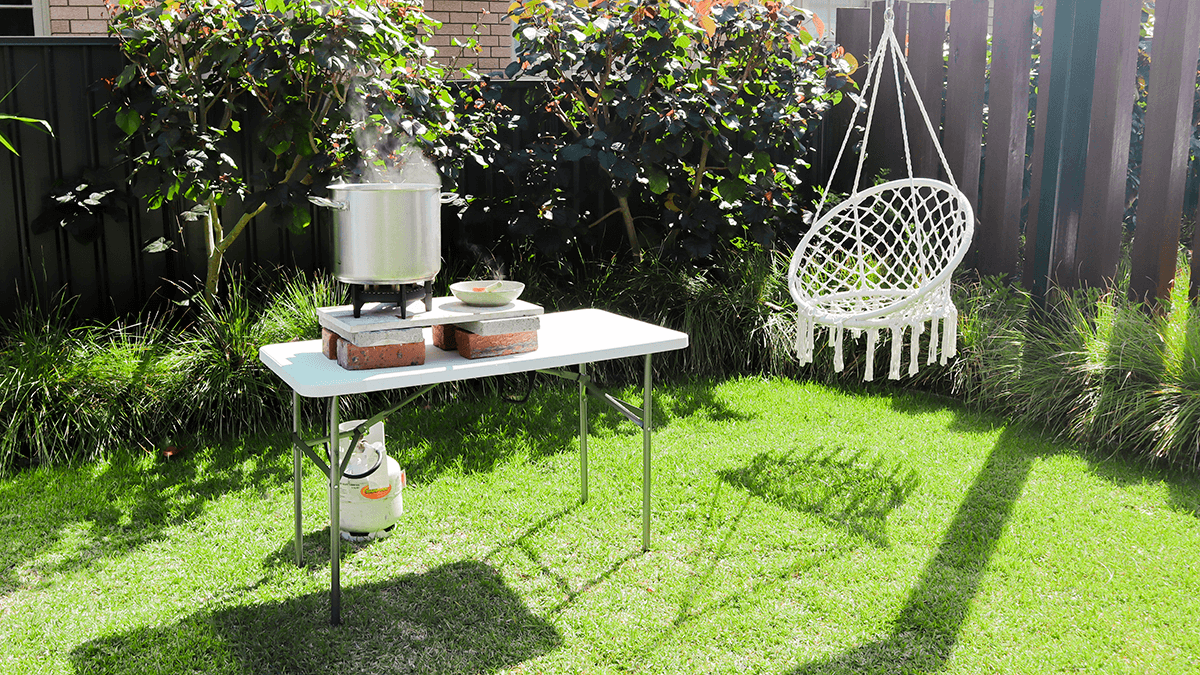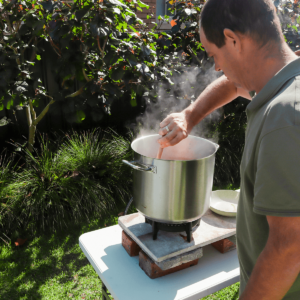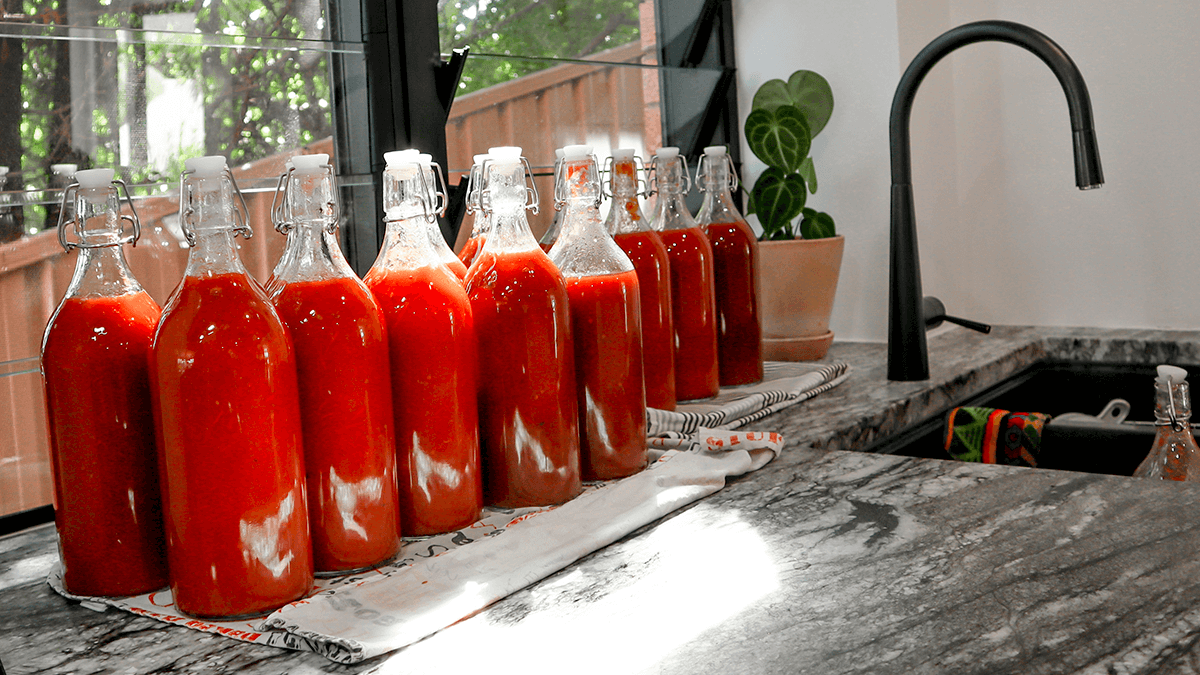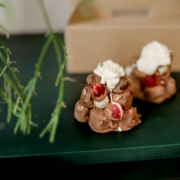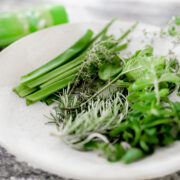Compost-A-Pak’s Summer
We are all back from holidays, and although we look a little more tanned, and have some great stories to tell, that holiday feeling left very quickly.
As a team we came back to a crazy day, with two weeks of online orders to get out in one day. It’s actually a great introduction back to the team, with everyone pitching in, regardless of role, to ensure every order is processed, packed and dispatched, whilst sharing many holiday stories.
Our family holiday was just amazing. We had a lovely family Christmas in which I cooked far too much, including favourites like Pickled Cucumbers and Chilli Jam. We then spent days with our guests relaxing outdoors and eating leftovers. Christmas food always seems to taste better over the next few days!
We then took off camping beside a remote lake, drifting around the shoreline with family and friends. There is so much to love about these days. The storage restrictions result in fresh simple food with little prep. The missing connectivity means there is no games or social media, and instead we got to really connect with the kids, with slow chats about their friends, school, and life’s pressures. 
There are many lessons I always try to bring back from holidays.
- Simple, fresh meals. My Peach, Rocket and Goats Cheese Salad was a holiday favourite this year.
- Less device time. Studies consistently show the happiest people are those with an active social life and a sense of community. Devices can easily get in the way of this. We work hard to get the right balance, although sometimes I do fall into the bad habit of checking social media at bedtime. To break habits, I find it best to delete apps completely from my phone for a period. We usually have no TV during weekdays, which encourages longer dinner chats, games, and earlier bedtimes. We also deliberately have no gaming devices in our house, which prevents the stress of managing time restrictions. I do get the ‘everyone has one’ comment sometimes, however it’s an important lesson to learn that the way we choose to live can be different to other families.
- Time outdoors. When I’m on holidays surrounded by nature, I really do feel a lightness which I see relaxes everyone. We are blessed with such beautiful weather in Australia, and getting outdoors daily is so good for our entire family. It’s what I most love bout my daily watering of our veggie patch, an excuse to be outdoors most days. I need to deliberately plan more time outdoors with our entire family.
Running a business or building a career does require dedication and sacrifice. Christmas is particularly precious for us as it’s usually the only time we can take off. Research suggests taking several shorter holidays tricks you into feeling you have more time off. I’m taking that advice this year, and have already booked a few weekends away back in nature. Something to look forward to.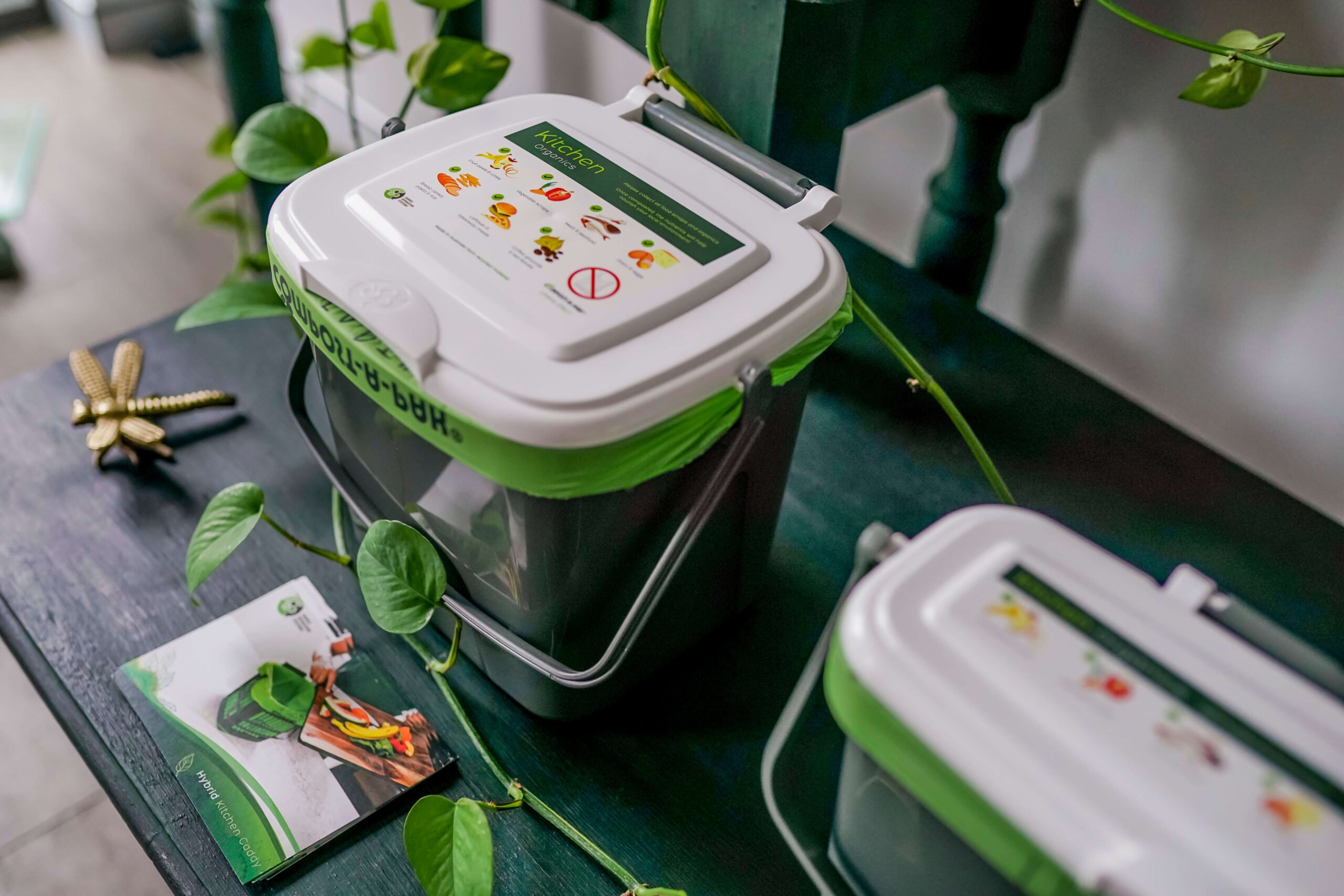 These weekends will be needed as out team continues to expand and distribution projects are set to run all year. We will be back in Melbourne shortly, and also introducing FOGO with our Compost-A-Pak Liners and Caddies to several Sydney Councils. Depending on the community, both our conventional 7 Litre Caddies and new slimline 5 Litre Compact Caddies are being used. As usual, these caddies are being made in Melbourne, usually with up to 100% Post Consumer Recycled Content. It’s so great to be contributing towards Australia’s circular economy.
These weekends will be needed as out team continues to expand and distribution projects are set to run all year. We will be back in Melbourne shortly, and also introducing FOGO with our Compost-A-Pak Liners and Caddies to several Sydney Councils. Depending on the community, both our conventional 7 Litre Caddies and new slimline 5 Litre Compact Caddies are being used. As usual, these caddies are being made in Melbourne, usually with up to 100% Post Consumer Recycled Content. It’s so great to be contributing towards Australia’s circular economy.
If you aren’t sure about FOGO in your local community, I would encourage you to reach out to your local Council, with many programs now in place, being trialled, or being planned.
Happy Composting and Thank You to those customers who did order over our break and patiently waited so our team could enjoy some time off.
Mel

